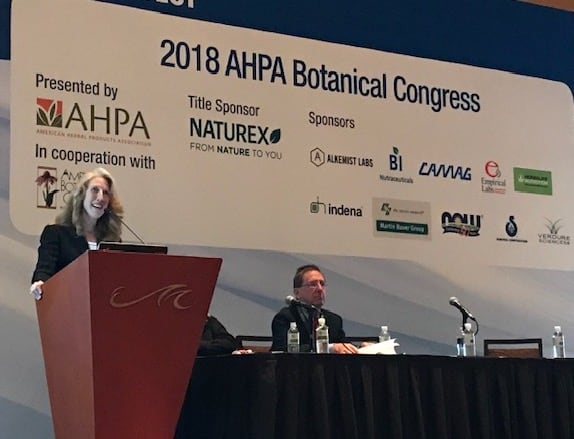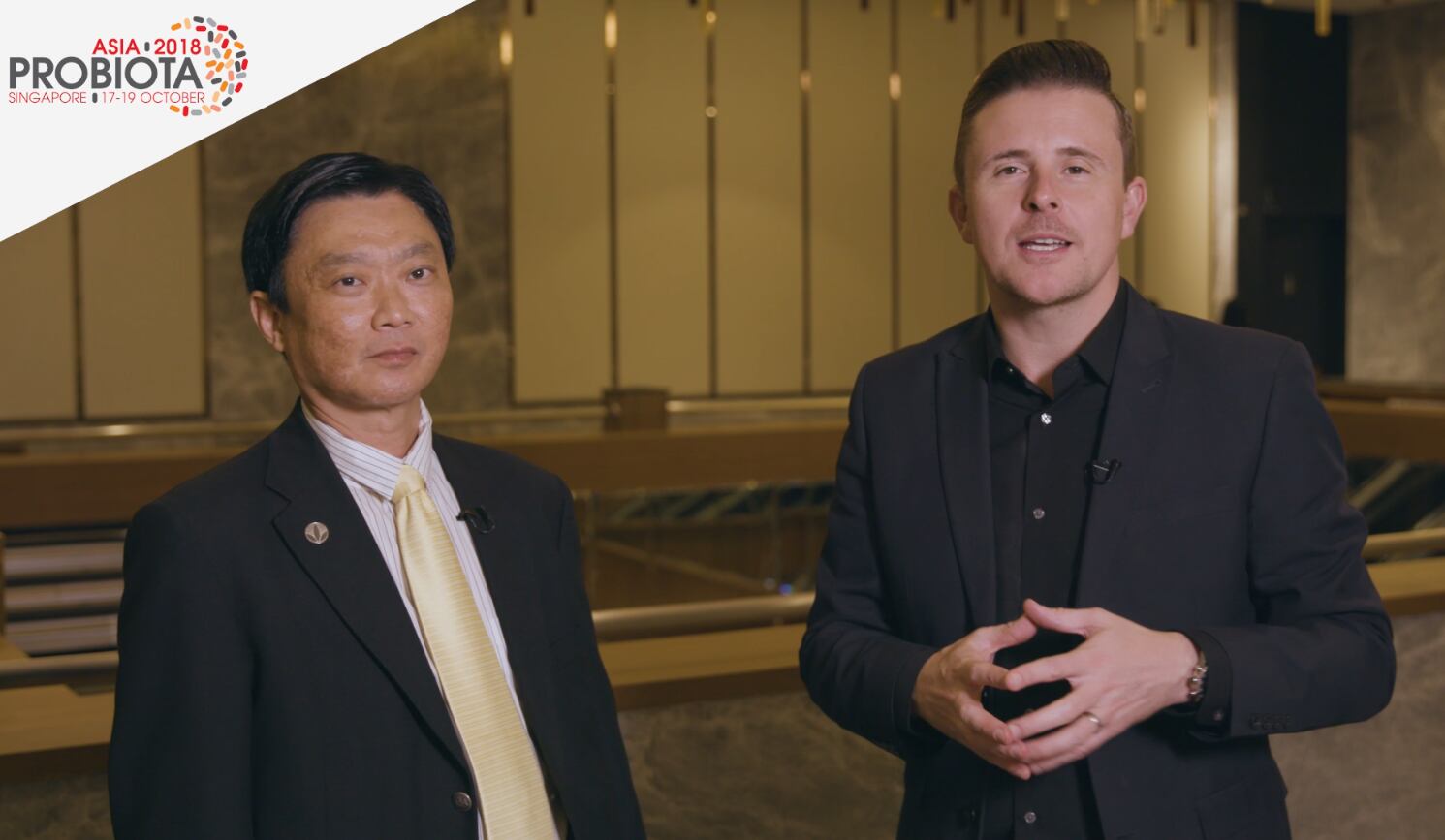Herbalife Nutrition has a safety monitoring system based on pharmaceutical practice. While Herbalife Nutrition's products are not pharmaceuticals, nor are they meant to treat disease, the way drug companies conduct post market surveillance provides a useful model, which includes using more than one complementary method for analyzing data.
Supplement use on the rise
Concerns about obesity and consequences of an unhealthy diet are on the rise, so it is no surprise that 78% of US consumers who use dietary supplements are doing so to help maintain a healthy lifestyle. In fact, the dietary supplement market is growing at a rate that outpaces many other segments. According to the Council for Responsible Nutrition’s 2017 survey results, an estimated 75% of Americans consume dietary supplements. (Herbalife Nutrition is a CRN member.)
Approximately 29% of dietary supplements are categorized as botanical or herbal products. Like most dietary supplement products, botanicals are not typically required to undergo human clinical safety trials prior to being marketed. For this reason, post-market surveillance is the only practical way to continuously evaluate quality and safety after these products are introduced into the marketplace.
Pharmaceutical practices provide framework
Stemming from a commitment to providing the highest product safety and quality standards to consumers and to ensuring that products meet all regulatory requirements where we do business globally, Herbalife Nutrition adapted stringent pharmacovigilance practices, which are traditionally used in the pharmaceutical industry. Even though Herbalife Nutrition products are not drugs and do not treat medical conditions, the company viewed the pharmaceutical industry’s well-established safety vigilance practices as the most comprehensive to protect consumers.
Drug safety surveillance models use globally standardized statistical methodology and are useful resources for creating surveillance procedures for botanical products and other dietary supplements. However, drug products often contain only one active ingredient as opposed to botanical products, which may contain several ingredients. This makes trending of safety data for botanicals slightly more complex.
Complementary approaches
Therefore, it may be necessary to complement drug safety methods with additional analyses when applying these methods to complex botanical products for the purpose of detecting relevant relationships within data sets. One possible approach is to use two different, but complementary analytical methods that allow data to be considered in varying capacities to support specific evaluations. Ultimately, the goal is to analyze data trends in an accurate and timely manner so that potential product-related safety issues (signals) are readily identified and immediately addressed.
The gathering and analysis of data is only the first step in safety vigilance. It is critical to properly communicate significant findings internally to ensure prompt corrective or preventive action as necessary. Safety signals may also be communicated through industry as they apply to regulatory reporting obligations, consumer advisories and educational initiatives, and healthcare community partnerships for patient advocacy and transparency.
Health history trends
For example, some safety evaluations will look for trends in consumer health histories. Knowing typical health histories within a consumer population can guide a company’s educational efforts for consumers. Some efforts may include cautionary information, suggested limitations in usage, or avoidance of some ingredients under specific conditions.
Health history trends may also be used as the basis for educational campaigns for health care providers. It is important for providers to be aware of key concepts when working with patients who use certain types of products in the presence of a particular condition or medication use. These strategic educational efforts play an integral role in helping consumers use botanical products safely and as recommended on the product labels.
Even with the most rigorous safety surveillance practices in place, there are limitations to data collection and the accuracy of trending or signal detection outcomes. In this regard, one of the most common concerns arises with under-reporting.
Correcting for underreporting
There are a variety of reasons as to why a consumer may not contact a manufacturer with a product complaint. Sometimes culture, minor severity or seriousness of the event, or inconvenience to the reporter may deter one from reporting their product experience. Under-reporting can cause data analyses to be less accurate as the ratio of events to total consumption is an essential component of safety risk assessments.
Robust analytical methods such as those described above will help correct for certain limitations. However, it is also advantageous to educate consumers about the importance of their feedback and the benefits of this information in guiding a company’s efforts in due diligence or identifying opportunities for enhancements to vigilance measures.
If there is one thing that can be learned from this overview of post-market safety surveillance, it is that the primary reason to perform surveillance on botanical products and other dietary supplements is to protect consumers. If there is a safety issue associated with a product or ingredient, it is critical to identify it as immediately as possible. Implementing the vigilance strategies described above as part of a robust safety program can be a very effective way to help ensure consumer safety and product quality.



